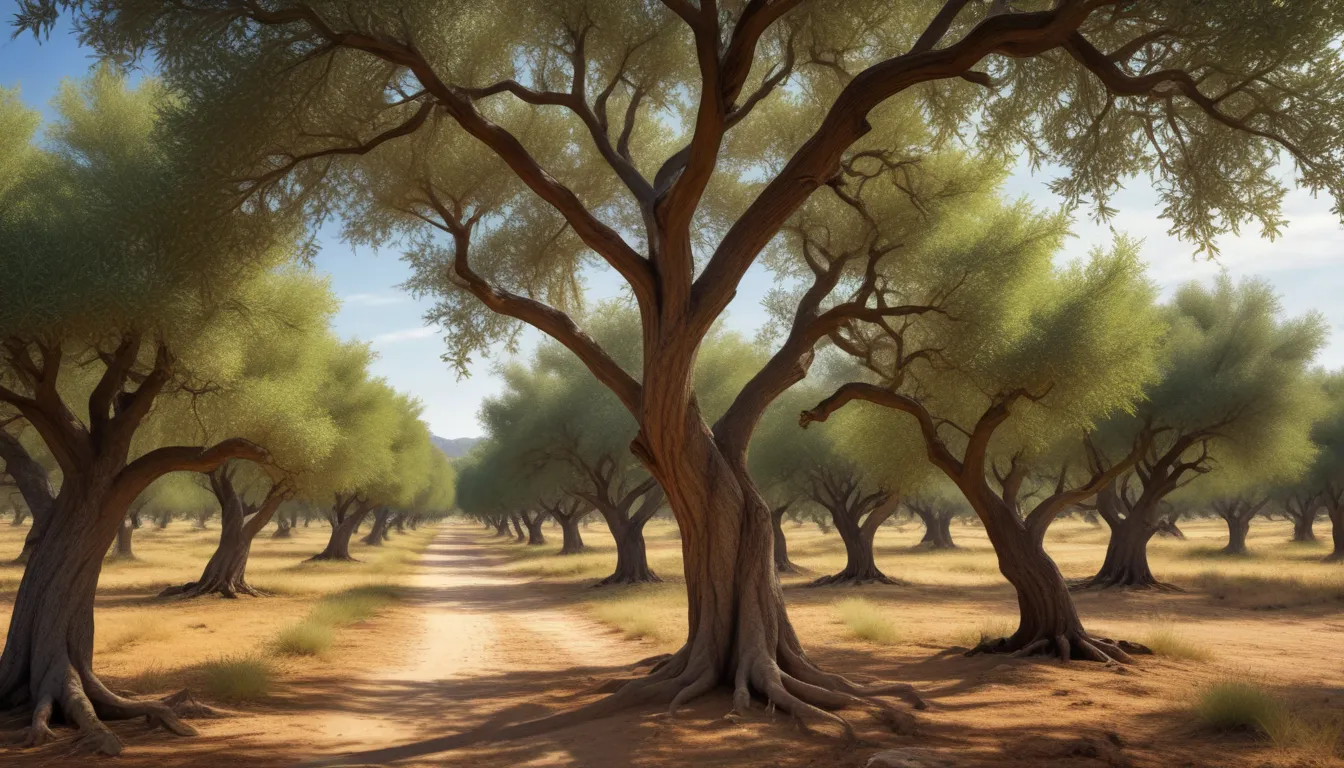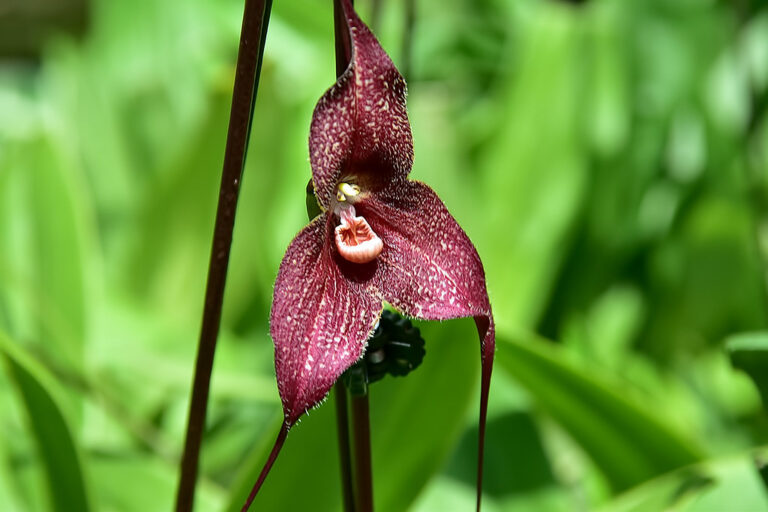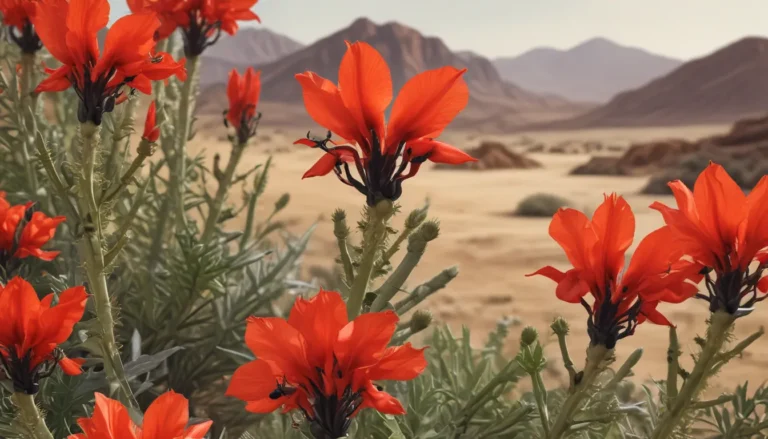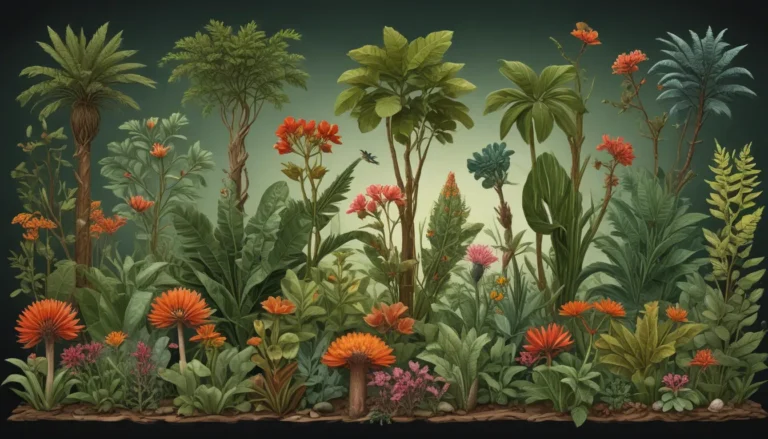The pictures we use in our articles might not show exactly what the words say. We choose these pictures to make you interested in reading more. The pictures work together with the words but don’t take their place. The words still tell you the important facts.
Are you captivated by the natural beauty of Texas and curious about its unique flora? Look no further than the captivating Texas olive trees, also known as wild olive or Mexican olive. These native trees are an essential part of the state's landscape, with a rich history deeply intertwined with Texan culture and environment. From their glossy leaves to their olive-like fruit, Texas olive trees offer a wealth of captivating facts that showcase their distinct characteristics and ecological significance. Join us on a journey through the enchanting world of Texas olive trees as we uncover 10 intriguing facts that highlight their resilience, versatility, and essential role in the local ecosystem.
Exploring the World of Texas Olive Trees
Texas olive trees are native to the state, thriving in the arid landscapes of the region. Their presence dates back centuries, making them an integral part of Texas' natural heritage. The Texas Olive Tree, scientifically known as Cordia boissieri, is a species of flowering plant in the borage family, Boraginaceae, prized for its ornamental value and ability to withstand the harsh Texas climate.
Embracing Their Distinctive Appearance
The Texas Olive Tree is known for its glossy, dark green leaves and striking white blossoms that adorn the tree during the blooming season. These flowers emit a delightful fragrance, attracting bees and butterflies as pollinators. The tree's olive-like fruit adds an intriguing dimension to its visual appeal, making it a standout in the Texan landscape.
Celebrating Resilience in Adverse Conditions
One of the most remarkable characteristics of Texas olive trees is their resilience in adverse conditions. Thriving in the hot, dry climate of Texas, these trees are often found in coastal areas, demonstrating their ability to withstand salt spray and sandy soils. Their adaptability makes them a symbol of strength and adaptability in Texan culture.
Understanding Their Ecological Role
Texas olive trees play a crucial ecological role in their native habitat by providing shelter and nesting sites for birds, contributing to the biodiversity of the Texas landscape. Their nectar-rich flowers support pollinators, further enhancing the local ecosystem. Conservation efforts are underway to protect their natural habitat and ensure their continued presence in the Texan ecosystem.
Exploring Versatile Applications
Beyond their ecological importance, Texas olive trees have practical applications as well. The wood of these trees is valued for its durability and is used in crafting furniture, tool handles, and decorative items. Their versatility extends beyond their natural habitat, adding value to various industries.
Unveiling Symbolic Significance
In Texas folklore, the Texas Olive Tree symbolizes endurance and resilience, reflecting the spirit of the Texan people. Its ability to thrive in challenging environments has made it a symbol of strength and adaptability, embodying the essence of Texan culture.
Embracing Culinary Potential
While not a true olive, the fruit of the Texas Olive Tree has culinary potential. It can be used to make preserves and jellies, offering a unique taste that captures the essence of the Texas landscape. From culinary delights to cultural significance, these trees embody the rich tapestry of Texan heritage.
Recognizing Horticultural Value
Due to their aesthetic appeal and ability to thrive in challenging environments, Texas olive trees are sought after in horticulture. They are often cultivated in gardens and landscapes, adding a touch of natural elegance to outdoor spaces. Their beauty and resilience make them a valuable addition to any garden or landscape design.
Engaging in Conservation Efforts
Efforts to conserve and protect the Texas Olive Tree are crucial to ensuring the preservation of this native species. Conservation initiatives aim to safeguard the natural habitats where these trees flourish, promoting their continued presence in the Texan ecosystem and preserving their beauty for future generations.
Discovering Cultural Significance
The Texas Olive Tree holds cultural significance in Texas, featuring in local art, literature, and traditions. Its enduring presence in Texas culture underscores its deep-rooted connection to the state's heritage and identity. As a symbol of endurance and resilience, these trees continue to inspire and enrich the cultural tapestry of the Lone Star State.
In conclusion, Texas olive trees are fascinating and versatile plants that thrive in the Lone Star State's climate, showcasing resilience, beauty, and ecological importance. Whether admired for their ornamental value or utilized for practical applications, Texas olive trees contribute to the richness of the Texan landscape. By understanding and cherishing these remarkable trees, we can foster a deeper appreciation for the natural wonders that grace our environment.
FAQs
Are Texas olive trees suitable for landscaping?
Yes, Texas olive trees are excellent for landscaping due to their attractive appearance, drought tolerance, and adaptability to various soil types. They can enhance the visual appeal of gardens and provide shade in residential and commercial settings.
Can Texas olive trees withstand the Texas climate?
Absolutely! Texas olive trees are well-suited to the Texas climate, thriving in the state's warm weather and exhibiting exceptional resilience to drought conditions. Their ability to flourish in such environments makes them an ideal choice for Texan gardeners and landscapers alike.
Our Commitment to Quality
At Stonecreekcustomhomes.com, we are dedicated to delivering trustworthy and engaging content that educates and inspires our readers. Each fact on our site is contributed by real users like you, ensuring a wealth of diverse insights and information. Our commitment to accuracy and reliability is upheld through meticulous editorial review, guaranteeing that the facts we share are both fascinating and credible. Join us in exploring the wonders of the natural world and learning together as we celebrate the beauty and resilience of Texas olive trees.






